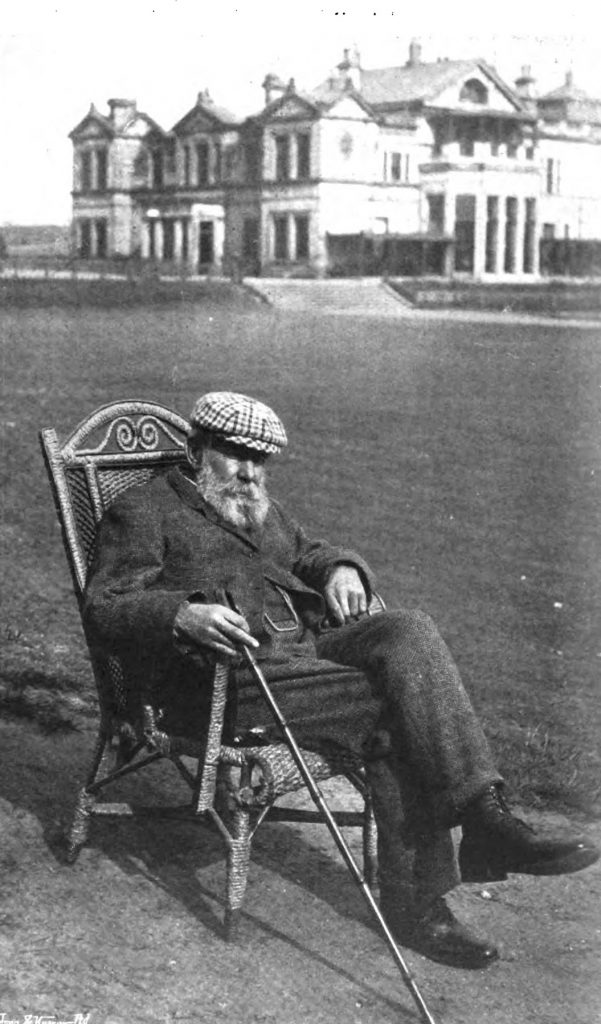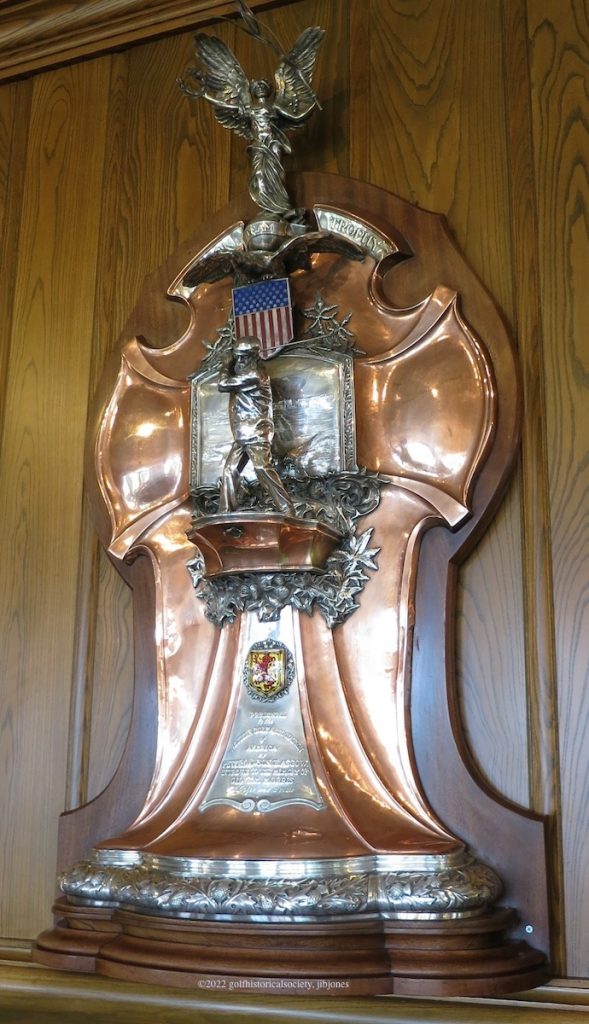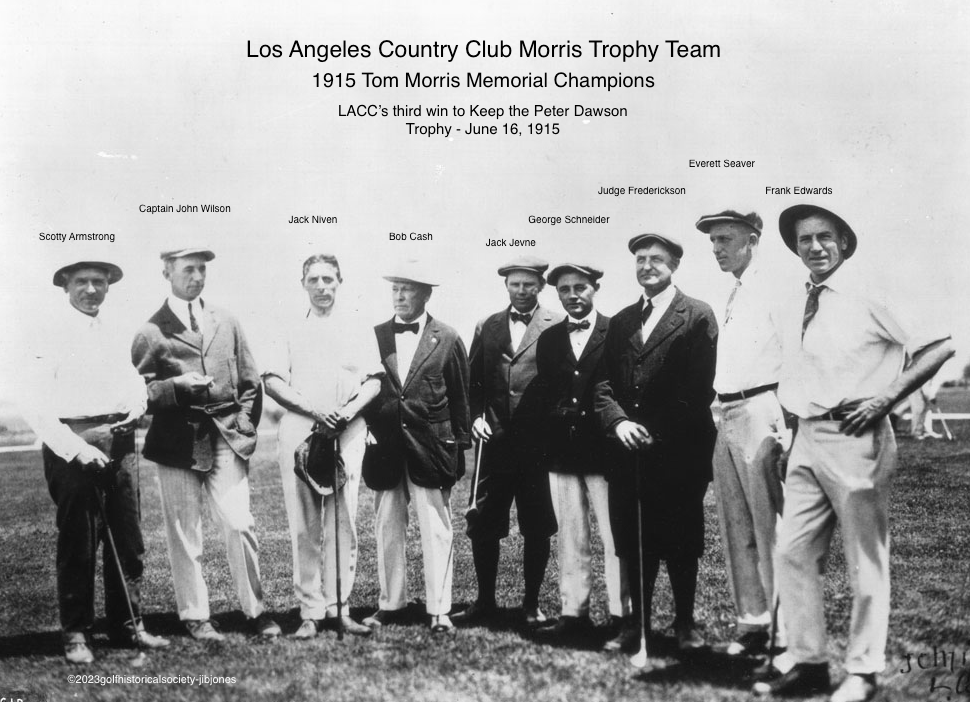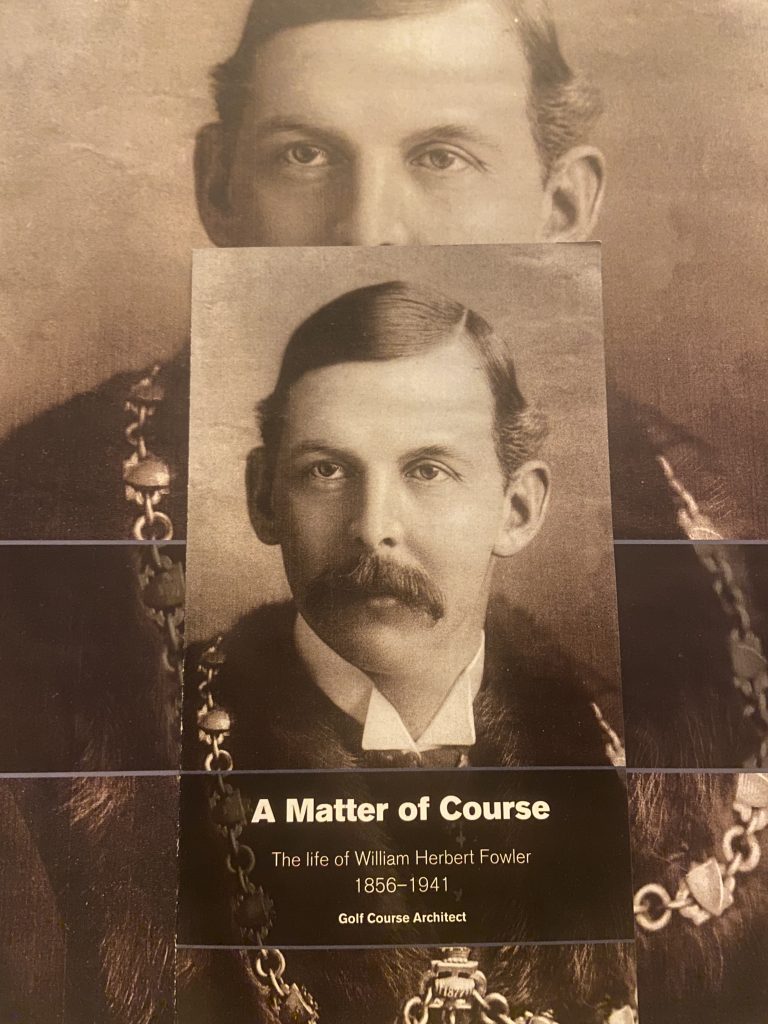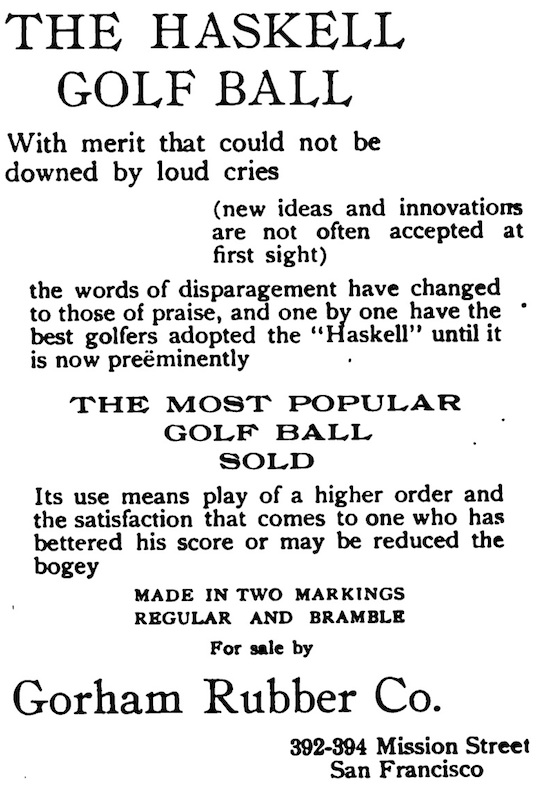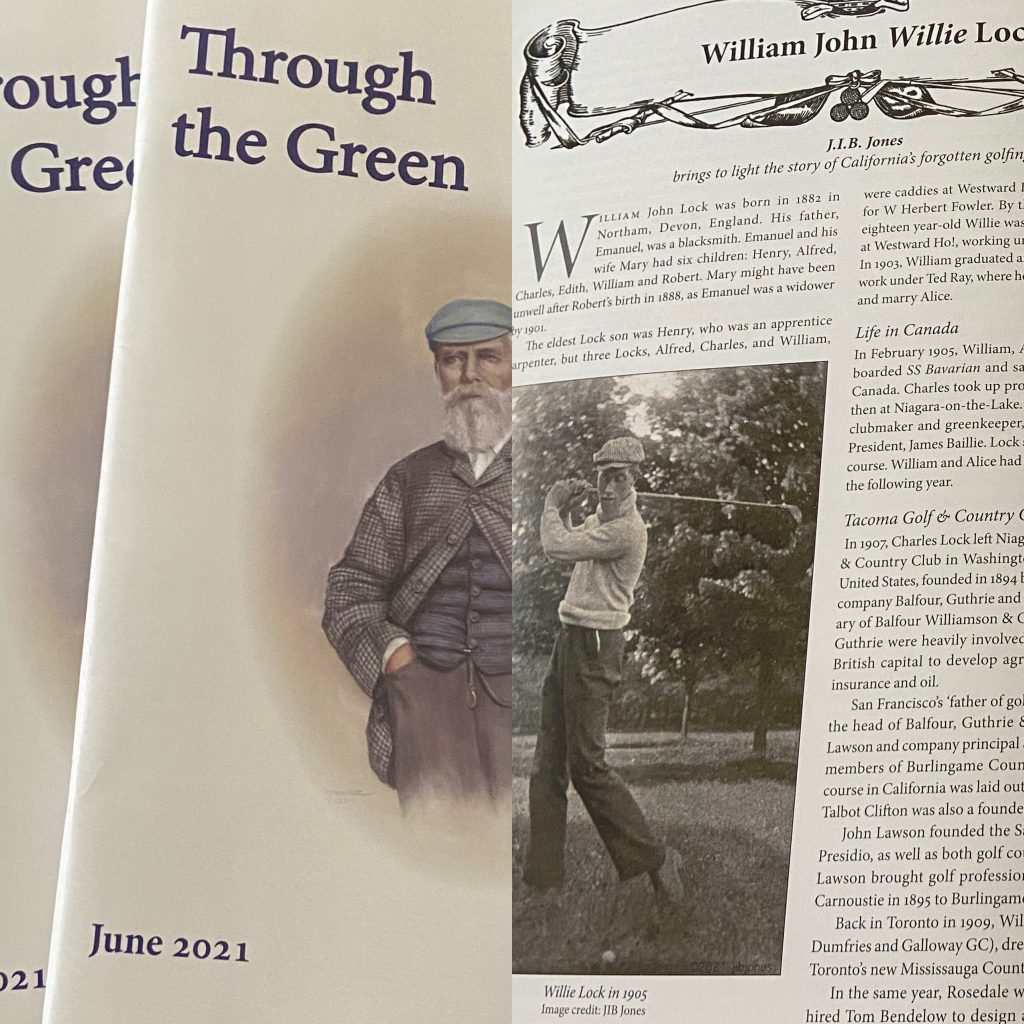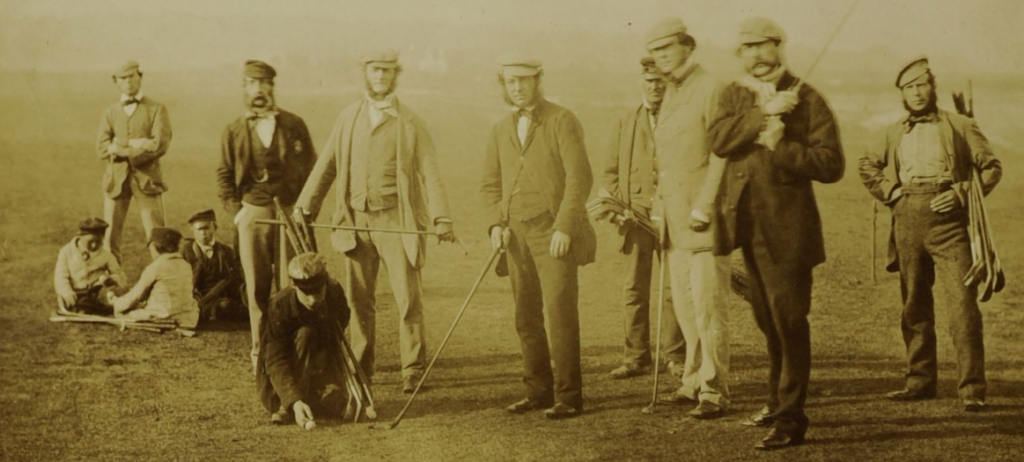Griffith Park. August 11, 1923

A week later than planned, due to the sudden death of the President of the United States, Warren G. Harding, the new all-grass Griffith Park Municipal Golf Course No. 2, opened to the public on August 11, 1923, with a heartfelt ceremony led by Mrs Anne Trabue, chairwoman of the Municipal Golf Club advisory board. Trabue thanked Thomas and S.C.G.A. president Ed Tufts, and the many people who contributed to it’s realization, telling of the “hopes of a grass course in former years, and how the long-cherished dream finally became a reality”.
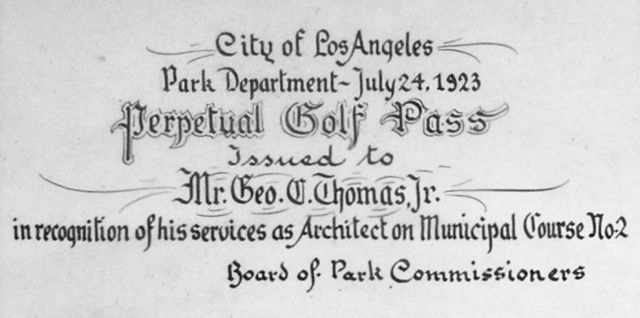
George C. Thomas Jr., designed the new all-grass Municipal No. 2 layout with the assistance of Mrs. Anne Trabue and the golf expert and philosopher, Max Behr. Edward B. Tufts of the Los Angeles Country Club was the chairman of the Griffith Park green committee.
Thomas’s 36-hole plan was to replace Tom Bendelow’s 1914, 18-hole, Griffith Park Municipal Links, but an uproar forced a compromise, and only 18 new holes were built, leaving the old sand green links intact.
The new eighteen holes were constructed by Griffith Park superintendent Carl Worthen and his crew. The all-grass 6423 yard Municipal No. 2 golf course was laid out on land known as the Griffith Reservation, which was purchased by the city of Los Angeles in 1920, after the death of Griffith Park donor, Griffith Jenkins Griffith. The sandy wash beside the Los Angeles River made for an excellent layout.
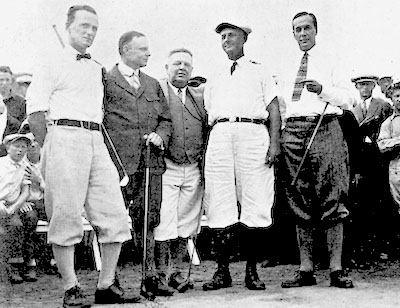
The opening ceremony was followed by an exhibition match featuring Los Angeles golf legends Willie Hunter, Norman Macbeth, A.D.S. Johnson, Chick Fraser, Mel Smith, Hutt Martin and Vic Dalberto.
George Thomas hit the first ball, and with partner Willie Hunter, went on to win the match against Macbeth and Johnson, 1 up.
A year after Municipal No. 2’s delayed opening, on July 4, 1924, the aptly nicknamed “Riverside” course, was renamed the Warren G. Harding Memorial, in honor of the very popular President.
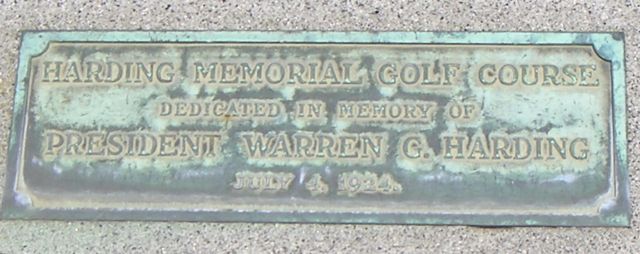
For more information see: 100 Years of Golf in Griffith Park, 1914-2014
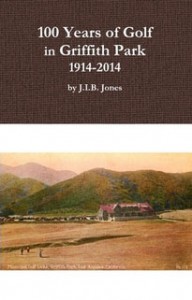
This page and it’s contents are the property of J.I.B. Jones/Golf Historical Society
Copyright ©2010-2023

